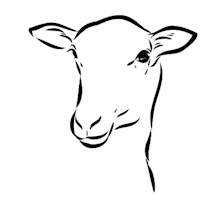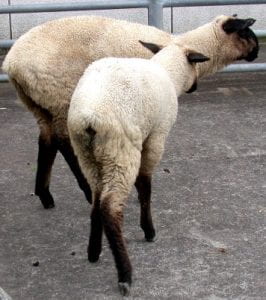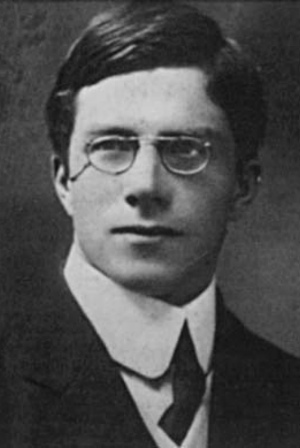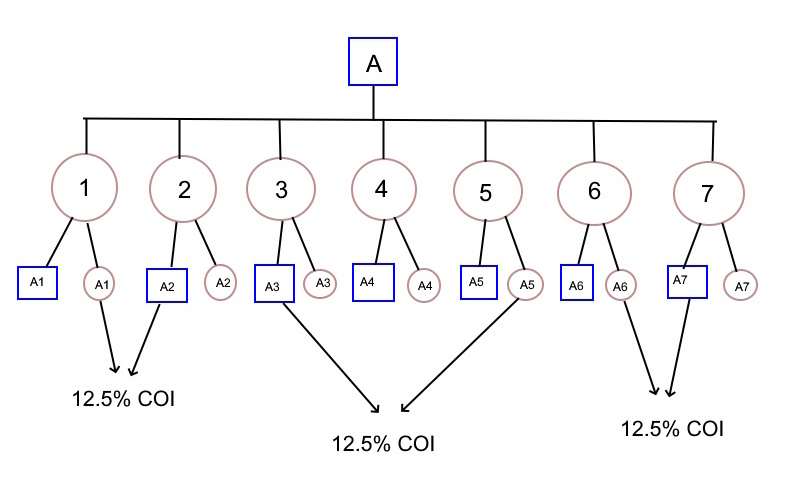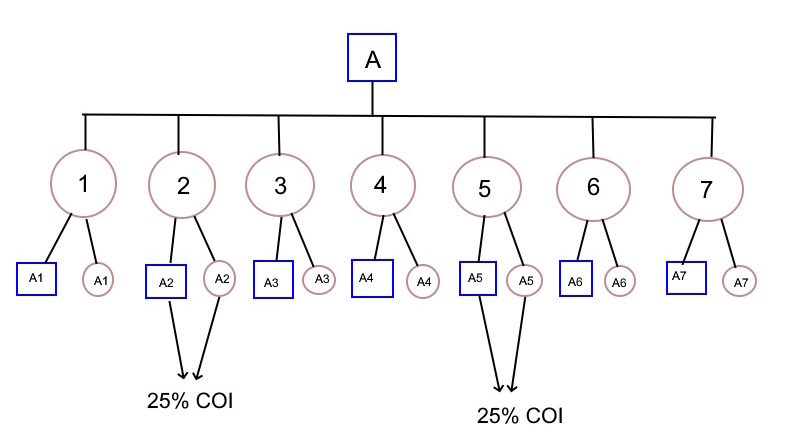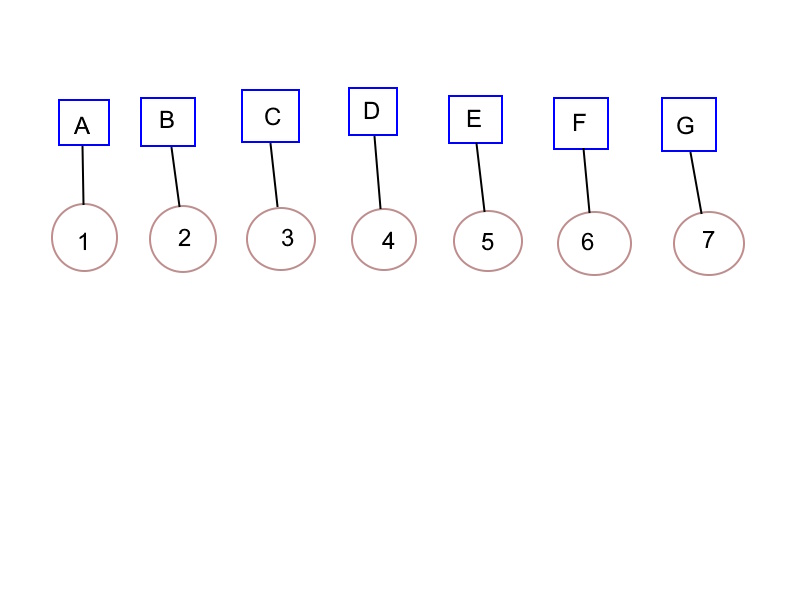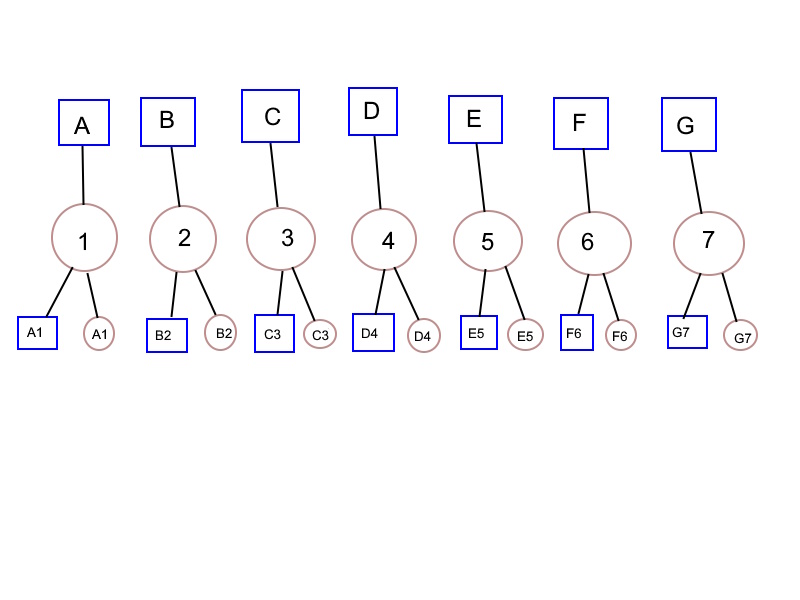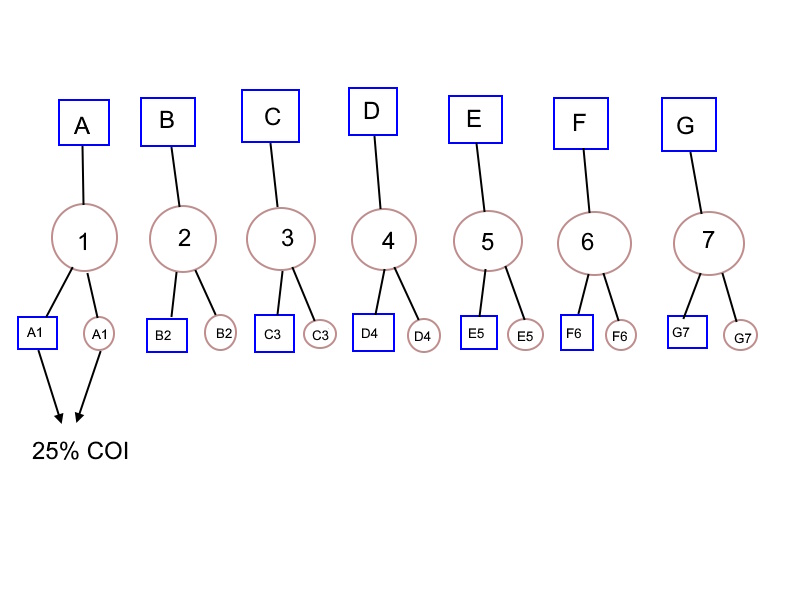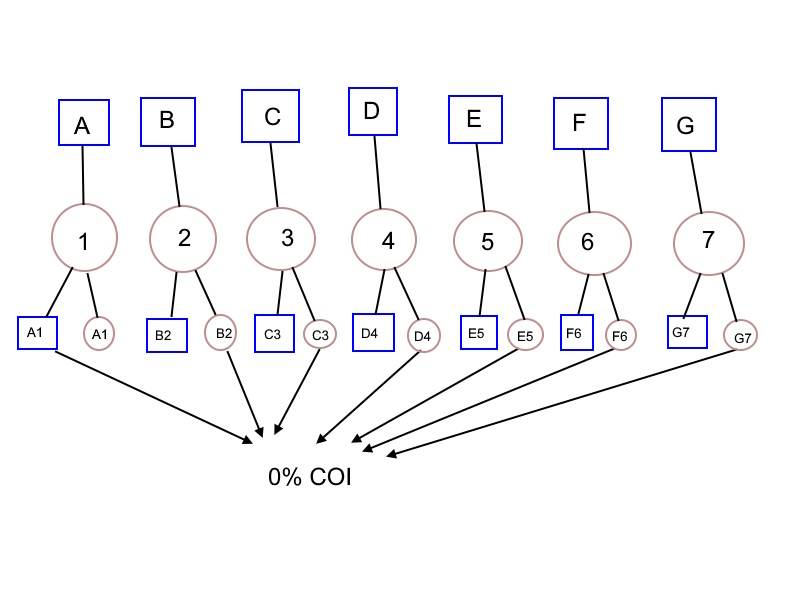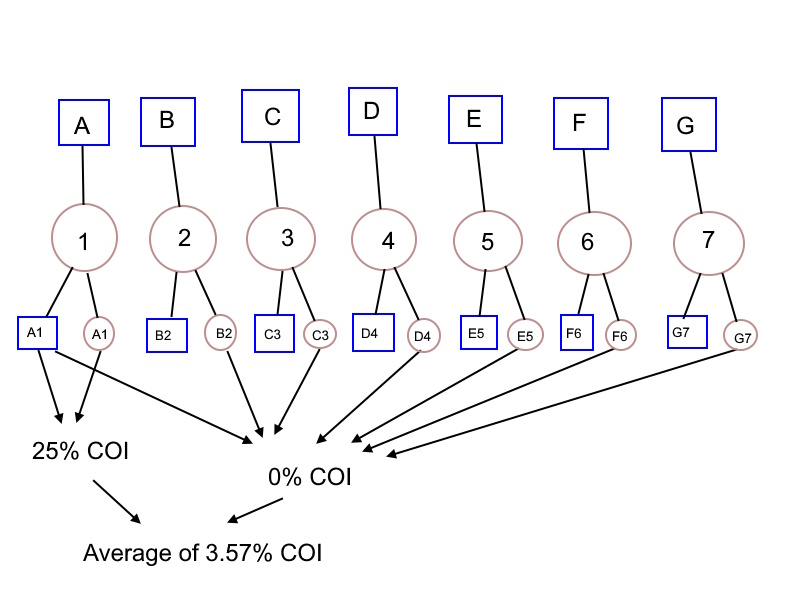Soay Sheep are found on the 250 acre Island of Soay, which is 40 miles off the coast of Scotland.
The sheep were likely brought to the remote Soay Island by the Vikings, and are a relict population of the Bronze Age sheep brought to Europe around 5,000 BC.
This small population of Soay sheep have been breeding naturally for hundreds of years without human assistance, yet the Soay sheep do not show obvious signs of inbreeding.
I believe that Natural Selection prevents inbreeding by culling the unfit, and by leaving an equal number of males and females for reproduction, which is Natural Breeding.
Through Natural Selection and Natural Breeding without human assistance, Soay sheep have developed parasite resistance, a trait that has been lost to most modern sheep breeds that depend on dewormers to live.
While Man breeds the unfit, Nature culls the unfit.
Every few years, the population of Soay sheep will exceed the available grazing or "carrying capacity" of the island.
This creates a famine that will cull 2/3 of the most unfit Soay sheep in just a few weeks.
This lack of nutrition suppresses the immune system in the unfit, with post-mortem examinations
revealing that death is not just by famine but also by a considerable parasitic nematode burden.
Any individual Soay sheep that suffers from inbreeding depression and loses parasite resistance, or cannot easily convert grass to energy during a famine will be culled by Natural Selection.
Only the most efficient survive.
What is interesting is that Soay sheep are small, with the ewes weighing only 55 lbs, and the rams 88 lbs.
Nature is telling us that the most efficient sized sheep for converting grass to meat is much smaller than modern sheep we have bred for size and not efficiency.
Nature lets these sheep breed randomly with an equal number of males and females that survive periodic culling, which produces no obvious problems from inbreeding.
Natural Selection culls the inefficient, which eliminates any inbreeding depression and keeps the Coefficient of Inbreeding to a manageable level.
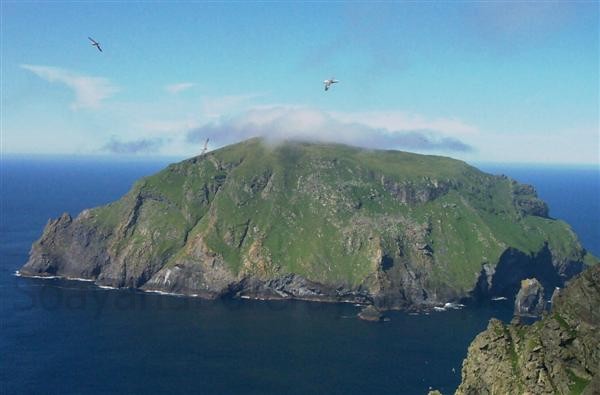
The Island of Soay, Scotland.
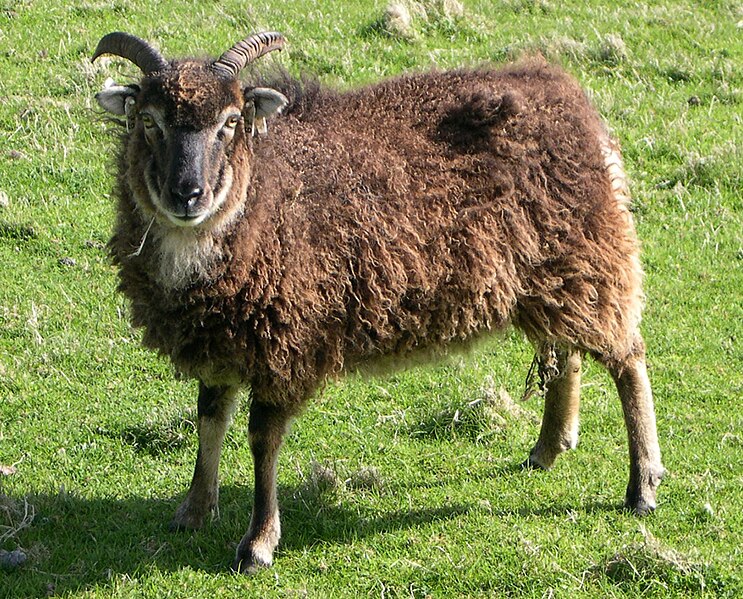
Soay Ewe
(55 lbs.)
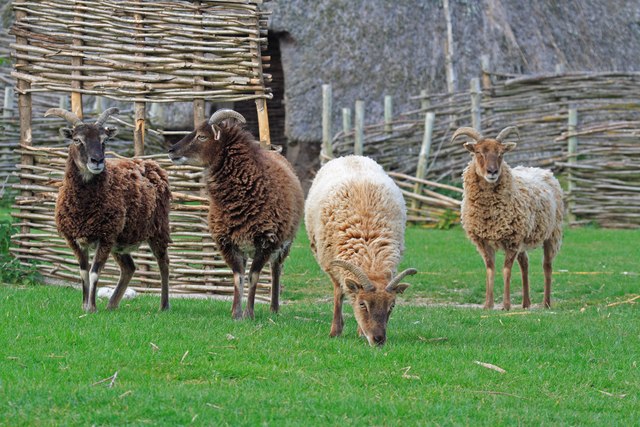
Soay Sheep
(55-88 lbs.)
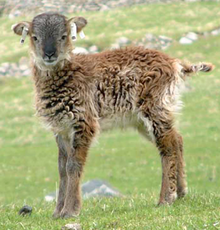
Soay Lamb
